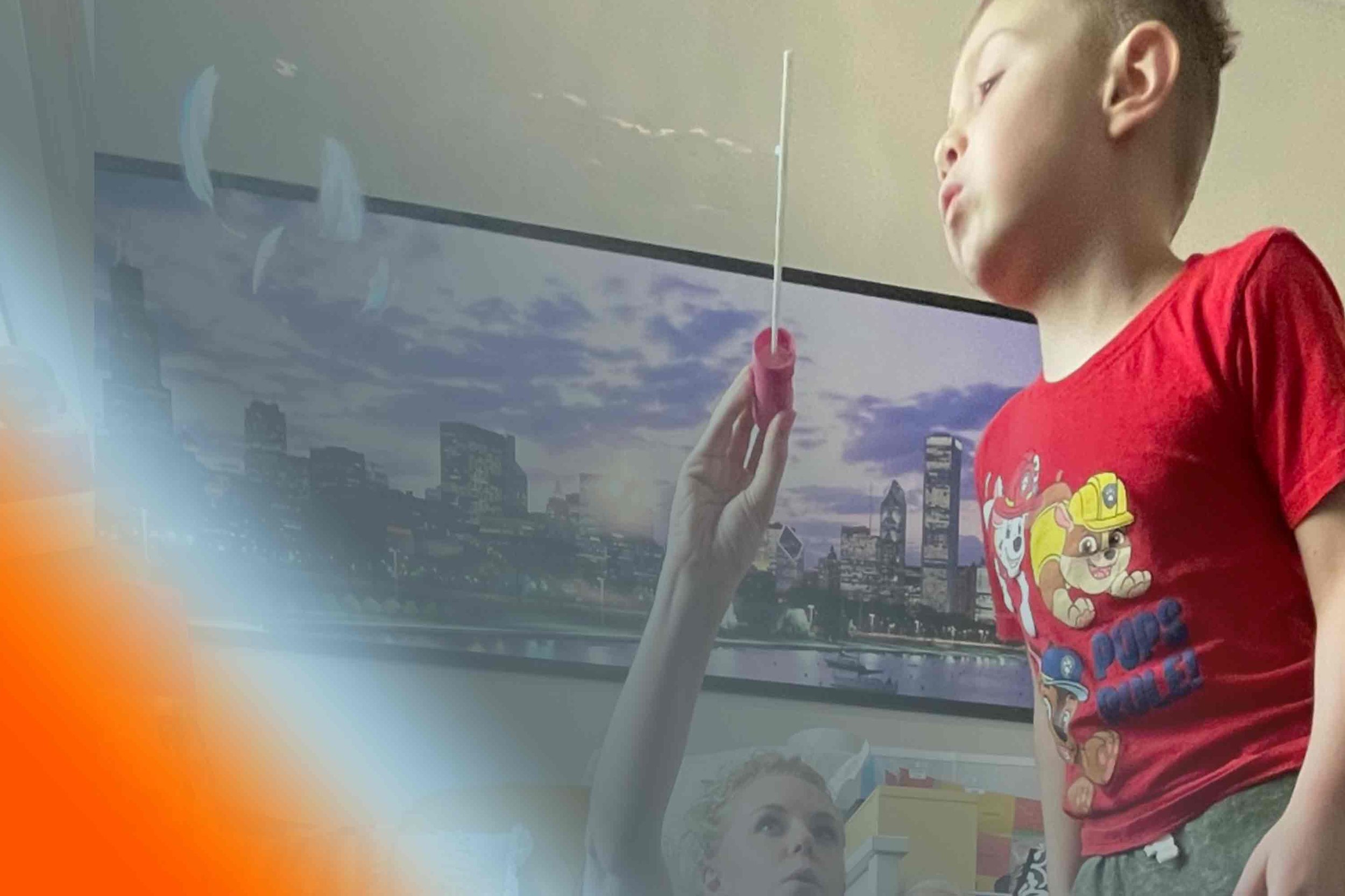
Occupational Therapy
A Holistic Approach to Wellness
Many people are surprised to hear that children participate in occupational therapy because we usually associate the term "occupation" with jobs adults perform. However, there is a broader view of "occupations" that include children's meaningful activities such as playing, learning, and socializing with friends.
Tilton’s Therapy For Tots helps children develop these necessary skills so their transition into adulthood becomes a path to an independent and rewarding life. Our pediatric Occupational Therapists provide evaluation, intervention, and consultation in the following areas:
Fine Motor/Handwriting Skills
Play & Socialization
Sensory Integration
Organizing and Planning their Motor Skills
Oral Motor Functioning
Self-Help & Hygiene
Mental Health
Adaptive Equipment Modifications
Environmental Adaptations for Home and School Settings
Visual Motor Integration
Safety awareness
Vocational Skills
Motor Function
Fine Motor/Dexterity & Handwriting Skills
Organizing and Planning Motor Skills
Oral Motor Functioning
Visual Motor Integration
Focus on neuro-muscular ability to complete the meaningful and necessary tasks on a daily basis
Self-Care Tasks
Activities of Daily Living: dressing, feeding, bathing, grooming/hygiene
Instruments of Activities of Daily Living: Home management, money management, shopping, cooking, cleaning, laundry, etc.
Vocational Skills
Job readiness
Job specific skills to be able to obtain and maintain meaningful employment
Compensation Skills & Adaptation
Adaptive Equipment Modifications
Environmental Adaptations for Home and Work Settings
Cognition & Mental Health
Well-being & stress management
Social skills
Coping skills
Assessment of safety awareness
Ability to make quality decisions
Sequence of tasks
Sensory Integration
Assessment of sensory systems & sensory processing
Use of sensory interventions to regulate nervous system
Tilton’s Therapy For Tots is MOBILE to accommodate children in their natural environments. This allows for incorporation of family members during therapy to allow for the greatest potential of therapeutic progression. The Occupational therapist is actually drawing upon extensive training to provide challenging therapeutic activities aimed at developing greater capabilities and skill levels.
Questions before getting started? Get in touch.
We’re Mobile.
Tilton’s Therapy is MOBILE to accommodate patients in their natural environments. This allows for the incorporation of family members during therapy to allow for the greatest potential of therapeutic progression.



